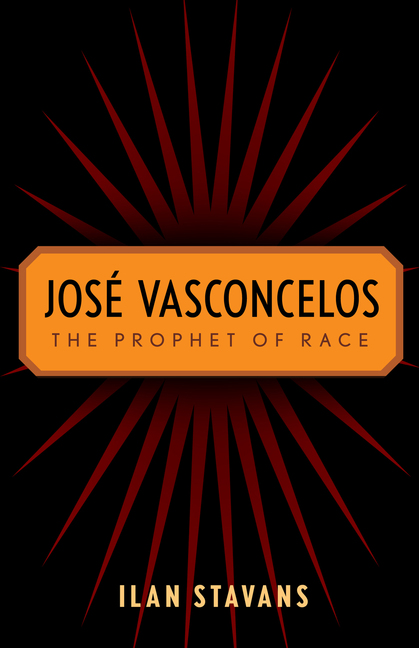Post-Racial? Americans and Race in the Age of ObamaPosted in Barack Obama, Census/Demographics, Health/Medicine/Genetics, Media Archive, Politics/Public Policy, Reports, Social Science, United States on 2012-02-14 04:13Z by Steven |
Post-Racial? Americans and Race in the Age of Obama
The Greenlining Institute
Berkeley, California
November 2011
26 pages
Dr. Daniel Byrd, Research Director
Bruce Mirken, Media Relations Coordinator
Since the election of Barack Obama as the United States’ first African American president, there has been much discussion of whether this means the U.S. has become a “post-racial” society. Does race still matter in America? This question is particularly significant in light of the fact that within about three decades, people of color are projected to become the majority. Policy based on mistaken assumptions could cripple efforts to revive the U.S. economy. Using the most definitive survey data available, we investigated perceptions of race in America among different racial and ethnic groups and how those perceptions compare to measurable realities of U.S. society.
Table of Contents
- Executive Summary
- Recommendations
- Introduction
- Methodology
- America’s Changing Demographics
- Race Relations in America
- Perceptions of Discrimination and Inequality in America
- Race and Health
- Race and Income
- Race and Treatment of Groups by the Federal Government
- Results
- Discussion
- Summary
- A Call to Action
- References
- Appendix I
- Appendix II
Read the entire report here.

